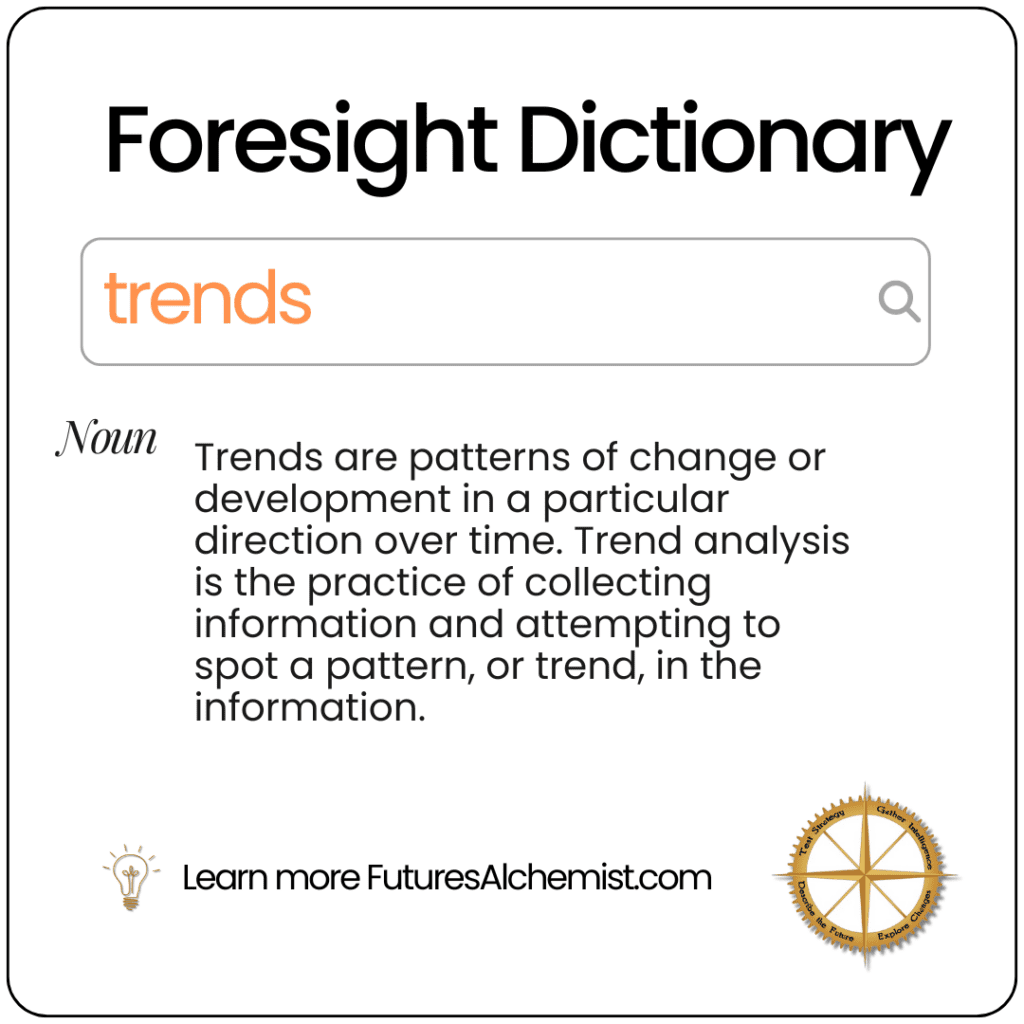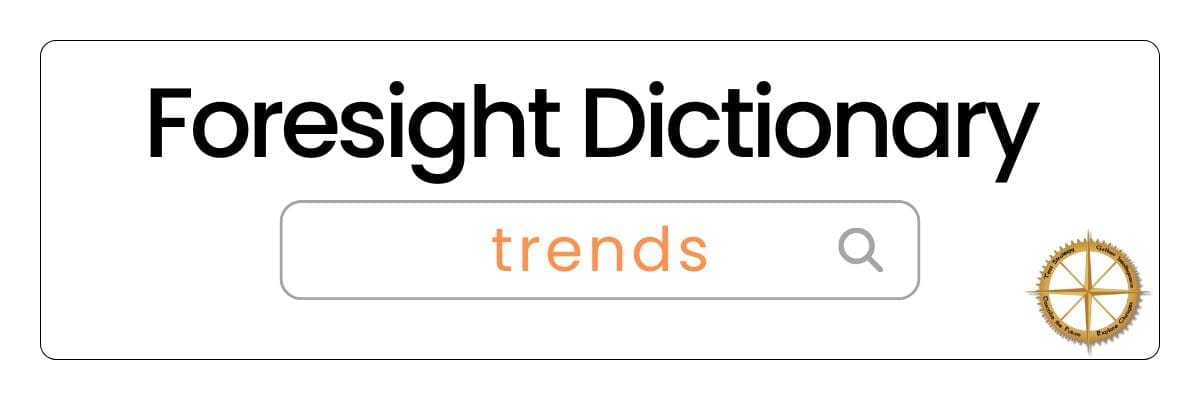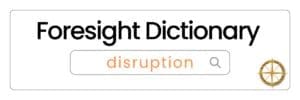

Definition
Trends are patterns of change or development in a particular direction over time. Trend analysis is the practice of collecting information and attempting to spot a pattern, or trend, in the information.
Example
The rise of remote work is a significant trend that has been accelerated by the COVID-19 pandemic. Companies like Gallup have been analyzing this trend, reporting that the percentage of U.S. workers working remotely doubled from 31% in mid-March 2020 to 62% in April 2020, and continued to evolve thereafter.
Ask yourself
- What data points are needed to identify a trend?
- What’s the difference between a fad and a trend?
- How might this trend impact different sectors or demographics?
- What counter-trends might emerge in response?
- How can we distinguish between correlation and causation in trend analysis?
Tools
PESTLE Analysis: Examines trends across Political, Economic, Social, Technological, Legislative, and Environmental, domains.
Horizon Scanning: Systematic examination of potential threats, opportunities, and likely future developments.
S-Curve Analysis: Used to analyse the lifecycle of trends.
Cross-Impact Analysis: Examines how trends might influence each other.
Trend Extrapolation: Projecting historical data into the future.





